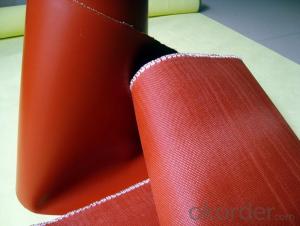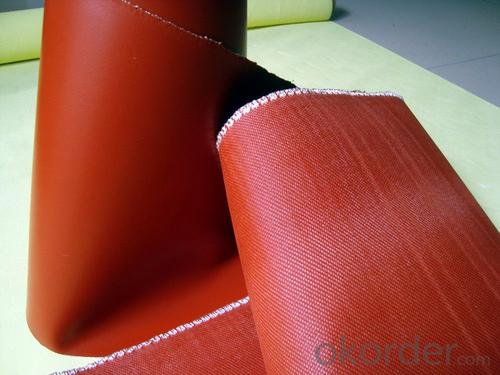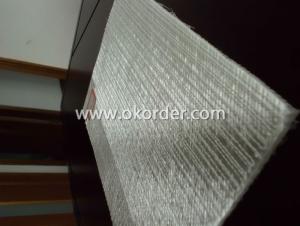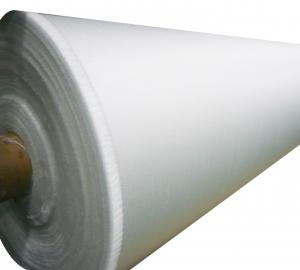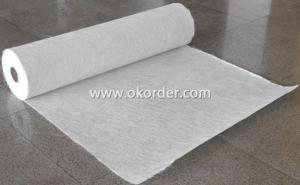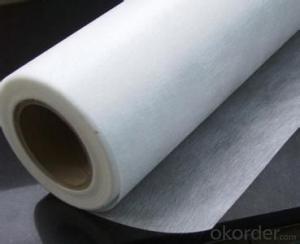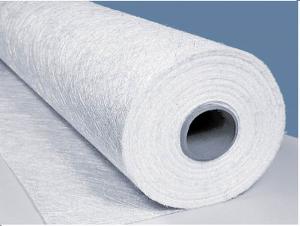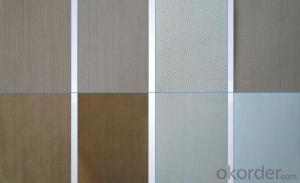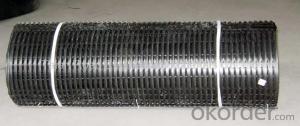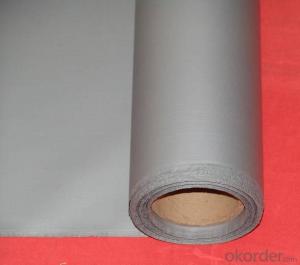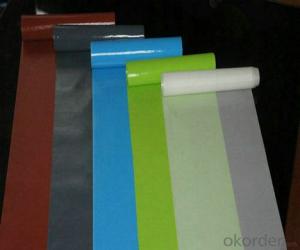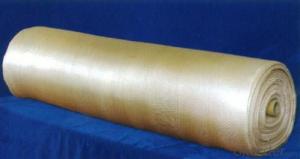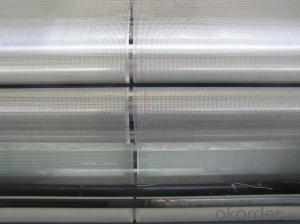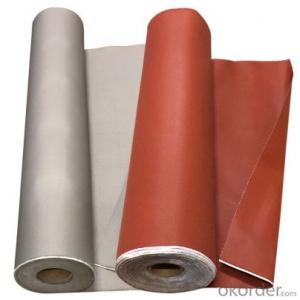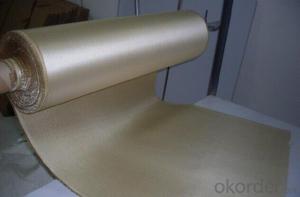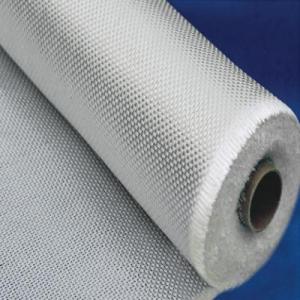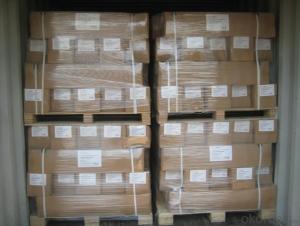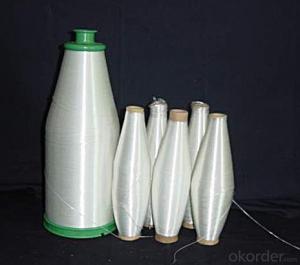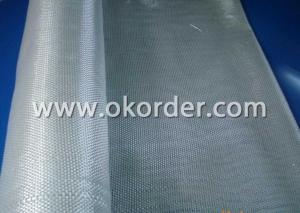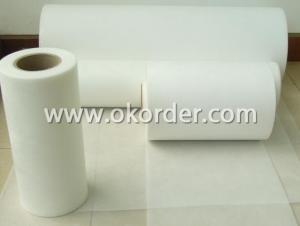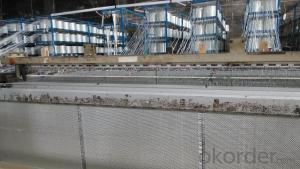Silicone Coated Fiberglass Scrim Fabric
- Loading Port:
- Shanghai
- Payment Terms:
- TT OR LC
- Min Order Qty:
- 500 m²
- Supply Capability:
- 50000 m²/month
OKorder Service Pledge
OKorder Financial Service
You Might Also Like
Fiberglass Fabric Coated with Silicone Rubber
Fiberglass Fabric Description
Silicone coated fiberglass fabricare made of fine fiberglass with excellent capacity of high temperature and corrosion resistance, coated and rolled with silicone rubber, which is a brand new product with good performance and multiple applications.
Fiberglass Fabric Specification
Thickness:0.2mm-5mm
Width:100cm-150cm
Color;grey/red/silver/black
Weight(coating):130gsm-2800gsm
Model No | FSD2030 | FSD2030 | FSD2050 | FSD2100 | |
High temperature resistant(°C) | ≤280 | ≤280 | ≤280 | ≤280 | |
Low temperature resistant(°C) | ≥-40 | ≥-40 | ≥-40 | ≥-40 | |
Tensile intensity (N/50mm) | Warp | ≥1750 | ≥1750 | ≥2500 | ≥3500 |
Weft | ≥1280 | ≥1280 | ≥2100 | ≥3000 | |
Inflating burst intensity(Mpa) | ≥2.0 | ≥2.0 | ≥2.2 | ≥2.6 | |
Peeling intensity(N/m) | ≥450 | ≥450 | ≥520 | ≥600 | |
Insulation (kv/mm) | 16 | 16 | 18 | 18 | |
Weight (g/m*m) | 550-650 | 550-650 | 750-800 | 1500-1800 | |
Width(mm) | 1000±20 | 1000±20 | 1000±20 | 1000±20 | |
Thickness(mm) | 0.3-0.4 | 0.3-0.4 | 0.05-0.55 | 1.0-1.1 | |
color | Silver-gray, gray, red | lucency | Silver-gray, gray, red | Black, gray, red | |
Fiberglass Fabric Features:
1, Good performance on resisting high temperature and low temperature, -40°C-280°C;
2, High strength;
3, Ozone, oxide, light and weather aging resistance;
4, High insulation: dielectric constant:3-3.2, breakdown voltage: 20-50KV/MM;
5, Chemical corrosion resistant, oil-proofing, waterproofing (washable)
Fiberglass Fabric Application:
1) Electric insulation: it feature high grade of electric insulation and bear a load of high voltage. It fits for making products like insulation cloth and sleeves et.
2) Non - metalli compensator: used as pipeline oupling, non-metallic compensactor helps to avoid damage caused by heat expansion and cold contraction. This membrane material speially fit for using in industres of petroleum, chemical engineering, cement, iron and steel and good elasticity and toughness.
3)Anti-conrrosion sector: It is good to be used as inner and outer anti-corrosion layer featuring excellent corrosion resistance, tempareture resistance and high strength. It proves to be an ideal anti-corrosion material.
4) Others: Apart from above application, it can also be used as sealing material, temperature resistant and anti-orrosion conveyr belt and packaging material.
Product Show
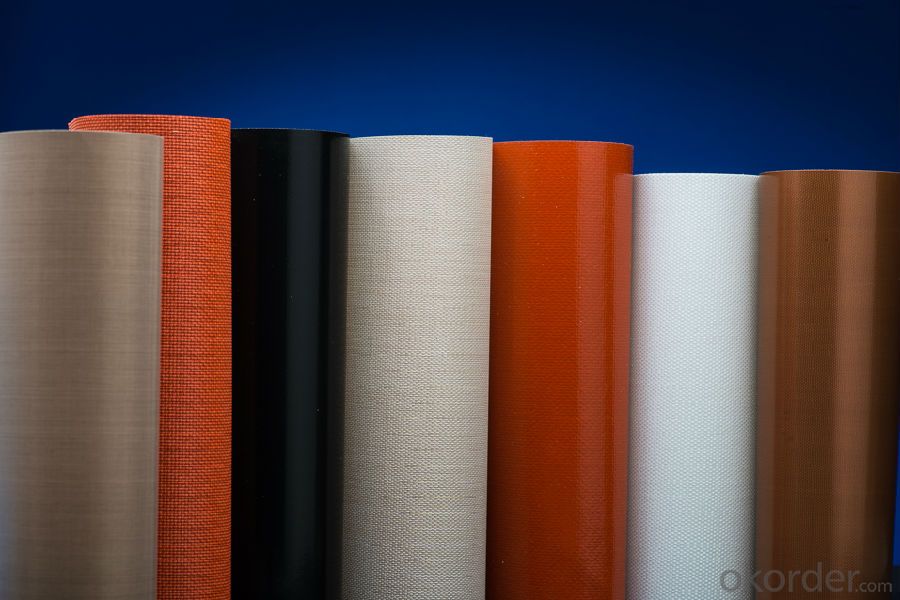
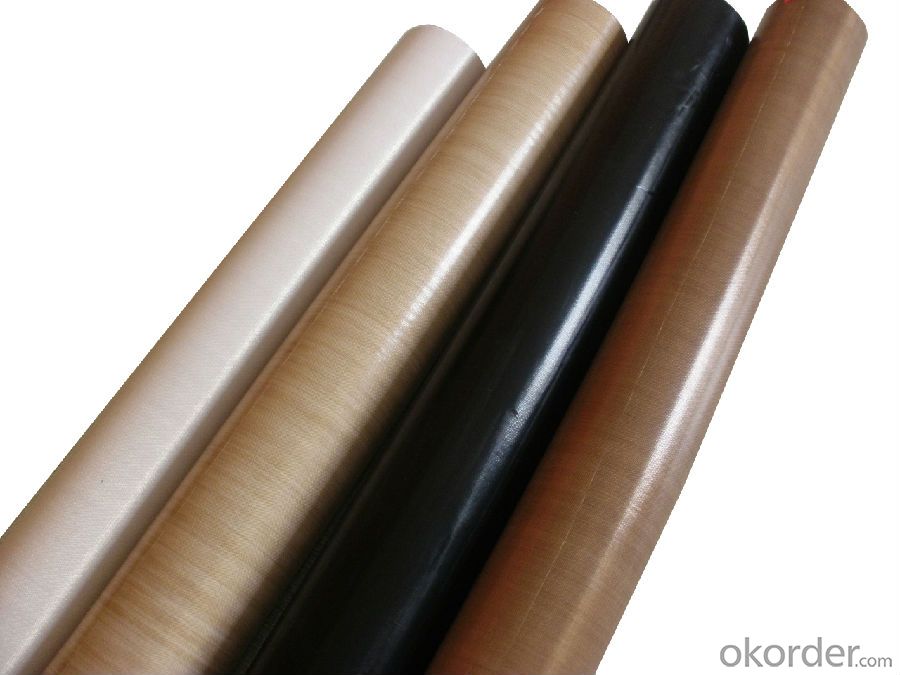
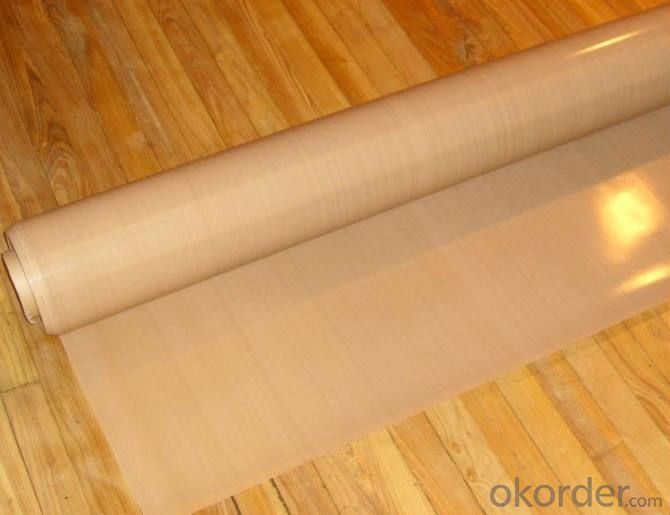
FAQ
1.What are the characteristics of fiberglass fabric?
a)Outstanding temperature resistance(from -70°C to +260°C)
b)Excellent chemical resistance
c)Superior non-stick surface, easy to clean
d)High dielectric strength
e)Dimensional stability
f)Resistance to UV, IR and HF
g)Non-toxic
2.How many methods to weave the fabric?
Four methods to weave the fabric:
a).Plain weave: it can be used in electricity insulation materials and reinforced materials in industry, because of inseparable structure, plain and clear lines.
b).Twill weave: compared with plain weave, it is of high density, high intensity, with a soft and loose structural weave. It can be used in ordinary reinforced materials, filter materials, and painting cloth.
3.Can you offer us some samples?
We are willing to offer our customers best product&service,if it's necessary we can send
you sample for test;also we welcome all you customer have a trial order.
- Q: Can fiberglass fabric be used for making curtains or drapes?
- Yes, fiberglass fabric can be used for making curtains or drapes. It is a versatile material that offers several advantages such as durability, resistance to fire, and easy maintenance. It can also provide insulation, privacy, and block out excessive sunlight if desired. Additionally, fiberglass fabric is available in various colors and patterns, allowing for a wide range of design options for curtains or drapes.
- Q: Large screen whole electric lift screen, PVC good or glass fiber?
- However, the electric curtain basically can not escape the condition of curling. When the glass fiber is expanded and cooled, there will be slight curling. But if the quality of PVC soft cloth is not very good, the cable must not be glass fiber leveling, and the cable will have slight angular tensile deformation for a long time.
- Q: The main characteristics of aluminum foil composite glass fiber cloth
- Direct hot pressing compound avoids compounding adhesive and saves composite cost of overlaying.
- Q: Can fiberglass fabric be easily cut and sewn?
- Yes, fiberglass fabric can be easily cut and sewn. Due to its relatively lightweight and flexible nature, fiberglass fabric can be cut using regular scissors or a utility knife. However, it is important to wear protective gloves and a mask while cutting fiberglass fabric to avoid any irritation or inhalation of particles. When it comes to sewing, fiberglass fabric can be sewn using a regular sewing machine or by hand with a heavy-duty needle and strong thread. It is advisable to use a longer stitch length and to go slowly while sewing fiberglass fabric to prevent any damage to the fabric or the sewing machine. Overall, with the right precautions and tools, cutting and sewing fiberglass fabric can be done easily.
- Q: How is fiberglass fabric used in the chemical industry?
- The chemical industry benefits greatly from the exceptional properties and versatility of fiberglass fabric. Its numerous applications include corrosion-resistant uses, such as lining tanks, pipes, and equipment that handle corrosive chemicals. Fiberglass fabric's ability to withstand exposure to a wide range of chemicals, including acids, alkalis, solvents, and organic compounds, makes it an ideal choice. Storage tanks for hazardous chemicals are constructed using multiple layers of fiberglass fabric to ensure structural integrity and prevent leakage. The fabric's high tensile strength and excellent dimensional stability make it suitable for this purpose. Chemical filters and membranes are also manufactured using fiberglass fabric. These filters and membranes effectively separate and purify different chemical compounds. The fabric's high porosity allows for efficient flow rates while retaining solid particles and impurities. Its resistance to chemical degradation ensures long-lasting durability and reliability. Furthermore, fiberglass fabric serves as a protective barrier in the chemical industry. Curtains, blankets, and covers made from fiberglass fabric shield workers, equipment, and surroundings from potential chemical spills or splashes. These protective barriers effectively prevent accidents and minimize the risk of chemical exposure. In conclusion, fiberglass fabric is indispensable in the chemical industry due to its corrosion resistance, structural reinforcement, filtration capabilities, and protection against chemical hazards. Its unique combination of properties ensures safety, efficiency, and longevity in chemical operations.
- Q: Can fiberglass fabric be used for making molds?
- Yes, fiberglass fabric can be used for making molds. It is a popular choice due to its strength, durability, and ability to easily conform to different shapes. Fiberglass fabric is commonly used in the mold-making process to create lightweight, yet sturdy molds for various applications such as in the automotive, aerospace, and construction industries.
- Q: Can fiberglass fabric be used for insulation in cryogenic applications?
- Yes, fiberglass fabric can be used for insulation in cryogenic applications. Fiberglass is known for its excellent insulating properties, as it effectively traps air pockets within its structure, reducing heat transfer. This makes it suitable for use in cryogenic applications where extremely low temperatures need to be maintained. Additionally, fiberglass is a non-flammable material, which is crucial for ensuring safety in cryogenic environments. It is also resistant to moisture and chemicals, which further enhances its suitability for use in cryogenic insulation. However, it is important to note that the specific type of fiberglass fabric used in cryogenic applications should be selected carefully. There are different grades and thicknesses of fiberglass fabric available, and the selection should be based on the specific requirements of the cryogenic application to ensure optimal insulation performance. In summary, fiberglass fabric can be used for insulation in cryogenic applications due to its excellent insulating properties, non-flammability, and resistance to moisture and chemicals. Proper selection of the specific type of fiberglass fabric is important to ensure the best insulation performance in cryogenic environments.
- Q: How to distinguish carbon fishing rod?
- Glass steel pole rough texture, mesh patterns, can be seen across the warp, weft. Carbon rod fine texture, no pattern wall, a black color, even some reticular pattern, and carbon fiber cloth, the fine, silvery white, glass and steel rods significantly different warp and weft weaving. Carbon pole strength, good conductivity, wear resistance, high temperature resistance, corrosion resistance characteristics.
- Q: Can fiberglass fabric be used for insulation blankets?
- Yes, fiberglass fabric can be used for insulation blankets. Fiberglass fabric is known for its excellent thermal insulation properties, making it a popular choice for insulation applications. It is lightweight, flexible, and can be easily molded into the desired shape. Fiberglass fabric is also resistant to high temperatures, chemicals, and moisture, making it suitable for use in various industrial, commercial, and residential settings. Additionally, it is non-combustible and has a low thermal conductivity, allowing it to effectively trap heat and prevent energy loss. Therefore, fiberglass fabric is a suitable material for insulation blankets, providing thermal insulation and energy efficiency.
- Q: What is fiberglass sound absorption board?
- Glass wool belongs to a kind of glass fiber, it is a kind of man-made inorganic fiber.
Send your message to us
Silicone Coated Fiberglass Scrim Fabric
- Loading Port:
- Shanghai
- Payment Terms:
- TT OR LC
- Min Order Qty:
- 500 m²
- Supply Capability:
- 50000 m²/month
OKorder Service Pledge
OKorder Financial Service
Similar products
Hot products
Hot Searches
Related keywords
